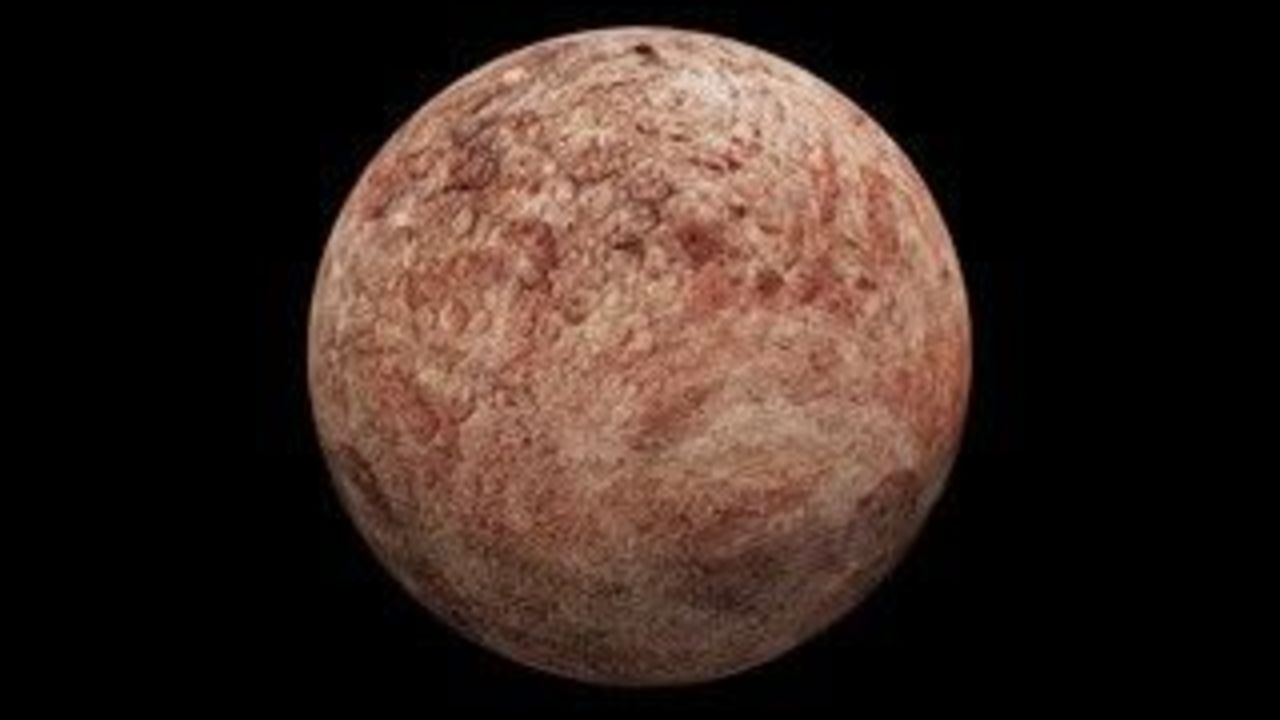Researchers have identified methane gas on the dwarf planet Makemake, shedding light on its dynamic icy environment. This significant discovery was made by a team from the Southwest Research Institute (SwRI) utilizing NASA‘s James Webb Space Telescope (JWST). Makemake, one of the largest and brightest celestial bodies beyond Neptune, is now the second trans-Neptunian object, following Pluto, confirmed to possess gas.
The Discovery and Its Implications
The presence of methane was confirmed through spectral signatures of solar light re-emitted by methane molecules, as explained by Silvia Protopapa, the lead author of a forthcoming paper in The Astrophysical Journal Letters. “The Webb telescope has now revealed that methane is also present in the gas phase above the surface, a finding that makes Makemake even more fascinating,” Protopapa stated. This finding indicates that Makemake is not merely an inactive remnant of the outer solar system but rather a vibrant body where methane ice is actively evolving.
Measuring approximately 890 miles (1,430 kilometers) in diameter, Makemake is about two-thirds the size of Pluto. The detection of methane in gas form raises questions about the dwarf planet’s atmospheric conditions. The study authors suggest that this could be due to a tenuous atmosphere or transient activities similar to those observed in comets, where volatiles sublimate, or possibly from cryovolcanic plumes.
Potential Atmospheric Characteristics
If a permanent atmosphere exists on Makemake, it is described as extremely thin, with a surface pressure of only 10 picobars, or approximately 100 billion times less than Earth’s atmospheric pressure. The research team has developed models indicating that methane may be released in plume-like outbursts. These simulations propose a release rate of a few hundred kilograms of methane per second, which could place Makemake’s activity levels on par with the water plumes found on Saturn’s ocean moon, Enceladus.
Looking ahead, further observations using the JWST at higher spectral resolution will help clarify whether the methane originates from a thin bound atmosphere or from plume-like outgassing. Ian Wong, a staff scientist at the Space Telescope Science Institute and co-author of the paper, emphasized the importance of these future studies.
Previous observations of Makemake indicated that the dwarf planet did not have a significant atmosphere, yet they did not exclude the possibility of a much thinner one. The paper titled “JWST Detection of Hydrocarbon Ices and Methane Gas on Makemake” is currently available on the preprint repository arXiv.
This discovery adds a new layer of understanding to our knowledge of distant celestial bodies and highlights the capabilities of modern astronomical tools like the JWST, paving the way for future explorations of our solar system.
